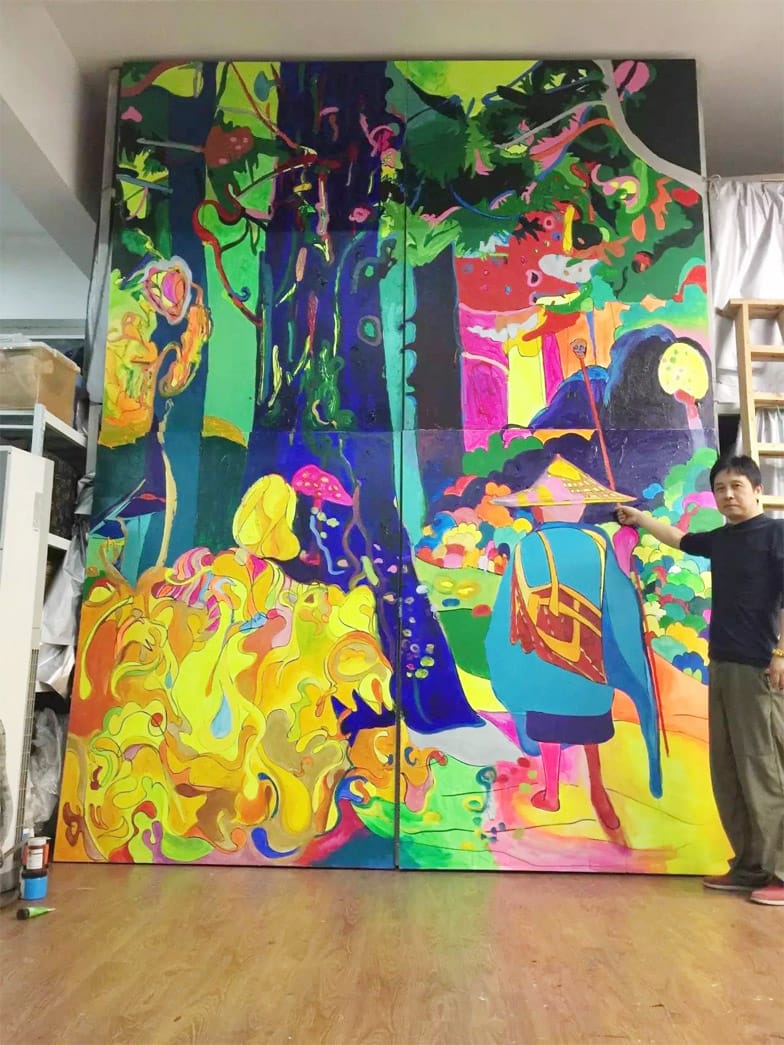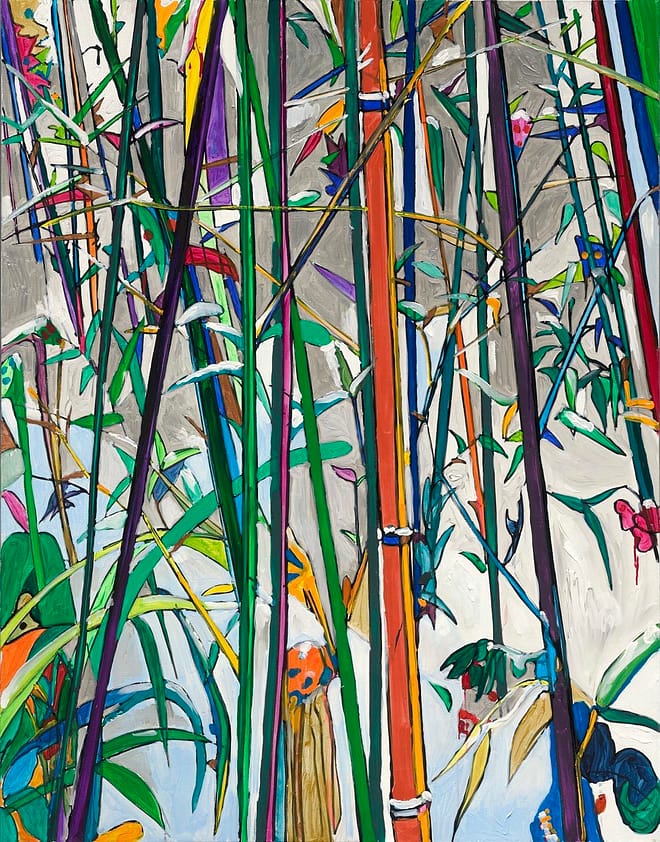EXHIBITIONS
ARTIST’S PHILOSOPHY
Art is uncountable; the entire uncountable creature is the art itself.
Lou Shenyi works in Beijing and Hangzhou, teaching at China Academy of Art. He received his degree in Mural Art from the Central Academy of Fine Arts. For more than three decades he has been researching and exploring the universal symbols that can express his own heritage between Eastern and Western philosophy. Lou Shenyi’s artworks are his exploration of the authenticity of his own archetype and existence.
Lou Shenyi believes that since the establishment of the Silk Road, the authentic Chinese civilization has become mixed, inclusive and amalgamating in nature. Although culture is evolving gradually and created through people’s customs, it is then recorded or represented by artists. For instance, the exchange of art and crafts along the Silk Road, such as the six pieces of giant tapestry as a gift from King Louis XV to Emperor Qianlong in 1766, is one of the spiritual traits of the integration of Eastern and Western cultures. Because of different geography and climates, the existence of cultural differences is inevitable. However, humans will naturally find a way of resolution. This resolution is a universal collective unconsciousness, in other words, one composed of human’s instincts and archetypes.
Swiss psychiatrist Carl Gustav Jung and Austrian-British philosopher Ludwig Wittgenstein have a strong influence on Lou Shenyi. His own research process culminates in an identification with the Self according to these four periods: The angst period: In his earlier painting practice, he projected his anxiety into his work, which was based on the ambivalence of his own archetype and persona. He tried to find a harmony to balance his archetype and persona through the stories within his paintings. The persona period: He found his own persona that he played in society through painting. The archetype period: He discovered and broke into his persona, found different parts of his psyche and the functions, trying to balance between parts. The Self period: His research is progressing toward a harmony of the conscious and unconscious realms.
In recent years, Lou Shenyi has been trying to find a harmony of consciousness and unconsciousness in his work, by practicing the balance of colors and cultural symbols.
He has been researching The Book of Songs (1046-711BC) and he found that the concept of Fēng Huā Xuě Yuè presents the core value of the traditional Chinese spirit and psyche. Fēng Huā Xuě Yuè symbolizes the balance between the metaphysical and the physical world within Chinese philosophy. It has been practiced through the Han, Tang, Song Dynasties and Contemporary Chinese Art. This way of life or cultural practice has its own structural complexity with a great depth to investigate.
Lou Shenyi investigates two thinking systems in his proposition: the surface, and the existence behind the surface. As the Israeli psychologist and economist Daniel Kahneman noted in his book Thinking Fast and Slow, human behavior has two systems to make decisions. System 1 refers to the “automatic system”, system 2 refers to the “effortful system”. However, we still need to make a good balance with our thinking parts. Perhaps some truths cannot be said, and some are uncountable, but perhaps in the process of exploration the existence appears behind the vivid colors. In a nutshell, he believes that the task of art is “to show the fly the way out of the fly bottle”, as Ludwig Wittegenstein proposed in his Philosophical Investigations in language.

ARTWORKS

2013 ────────
Landscapes & Plants
Discovery Period
2014 ────────
Journey to the West
Representation of the Chinese Classical Novel


2014 ────────
Journey to the West
Representation of the Chinese Classical Novel





